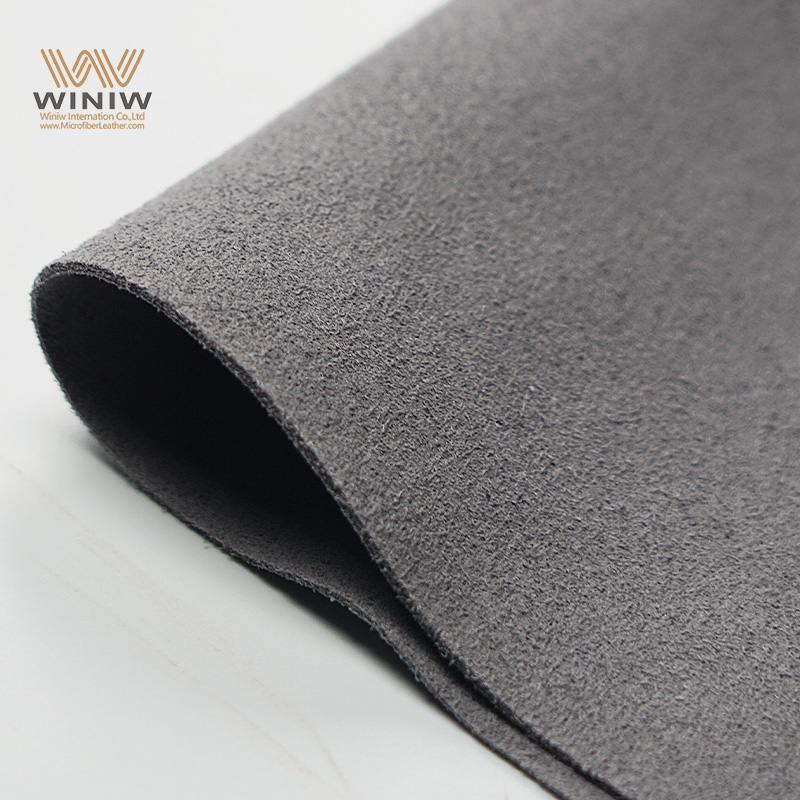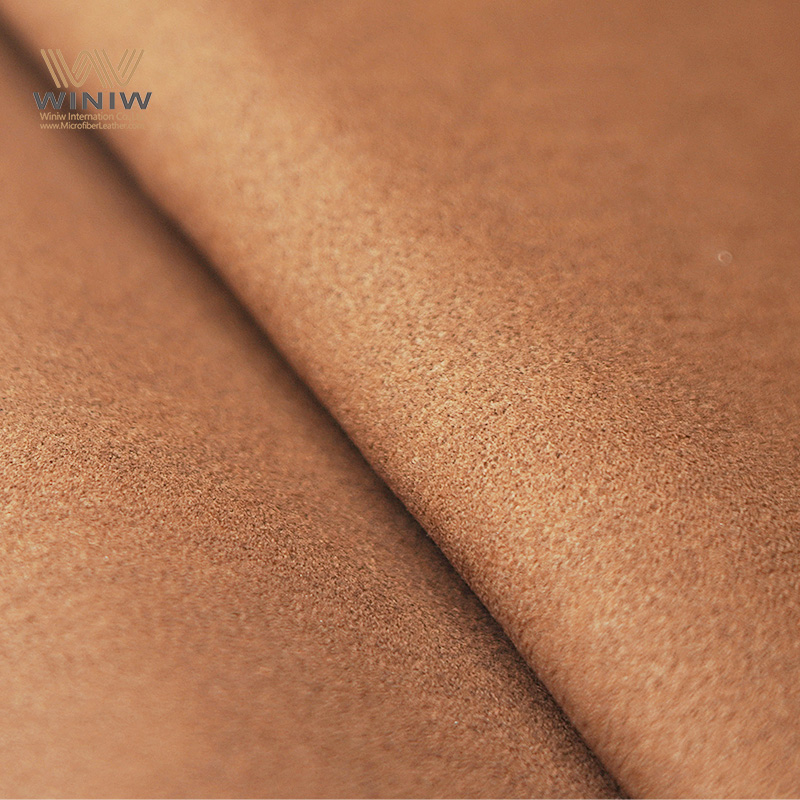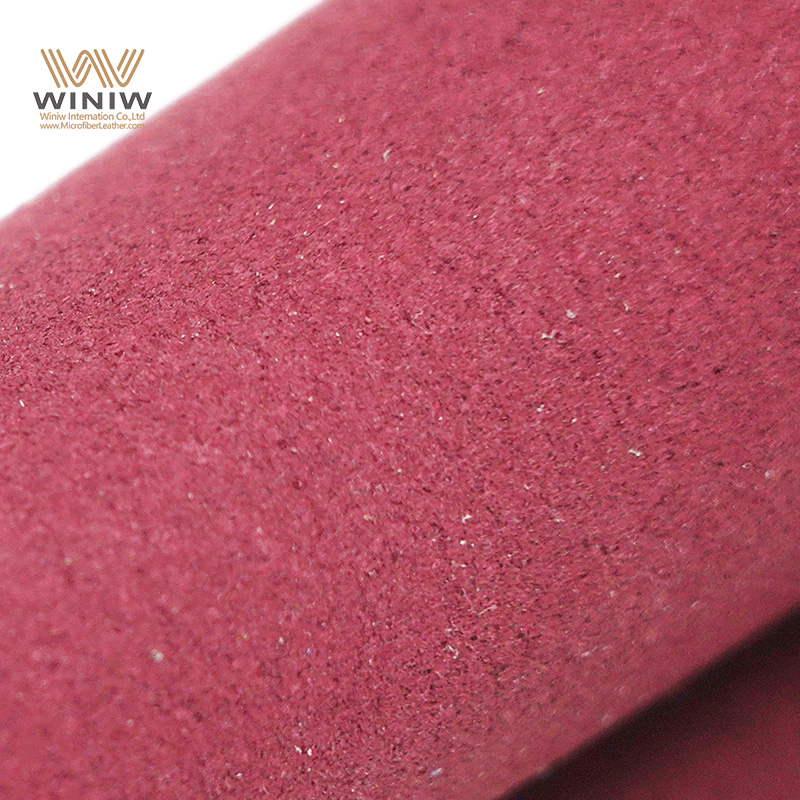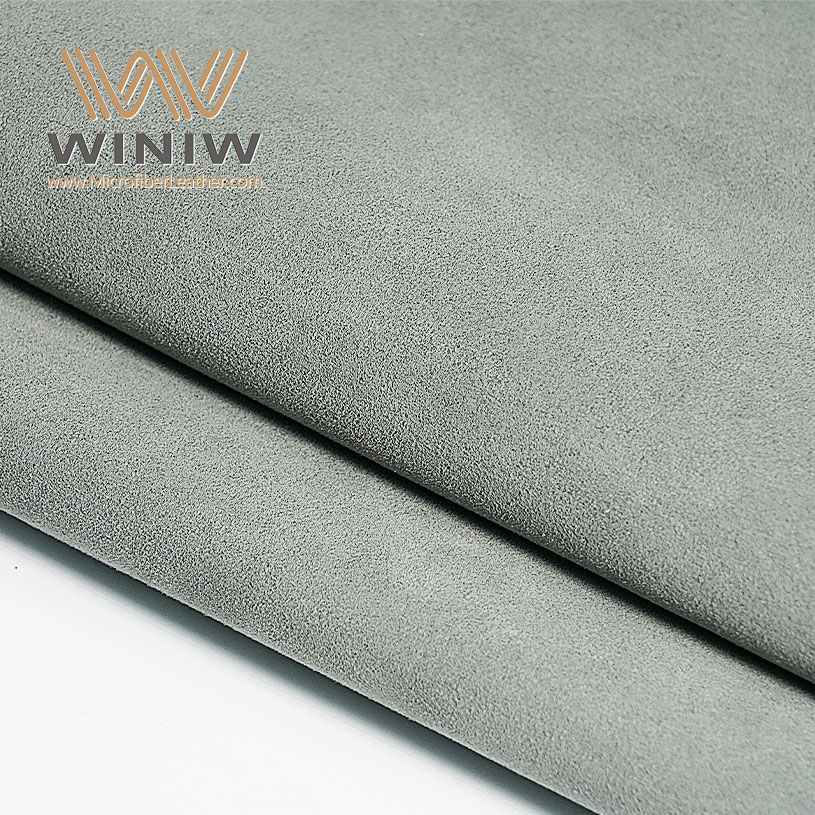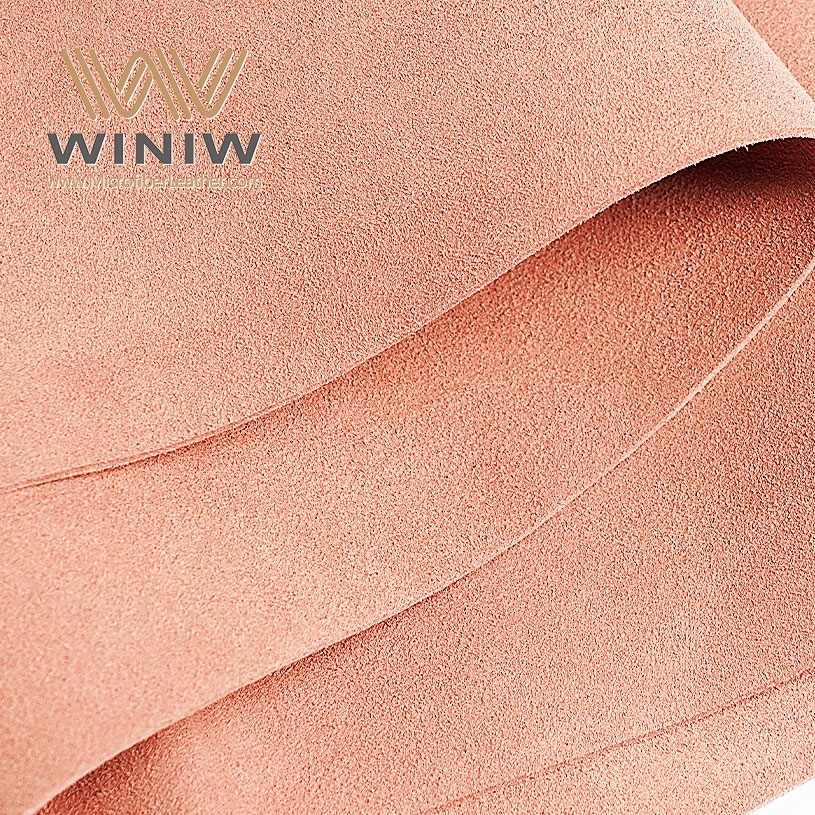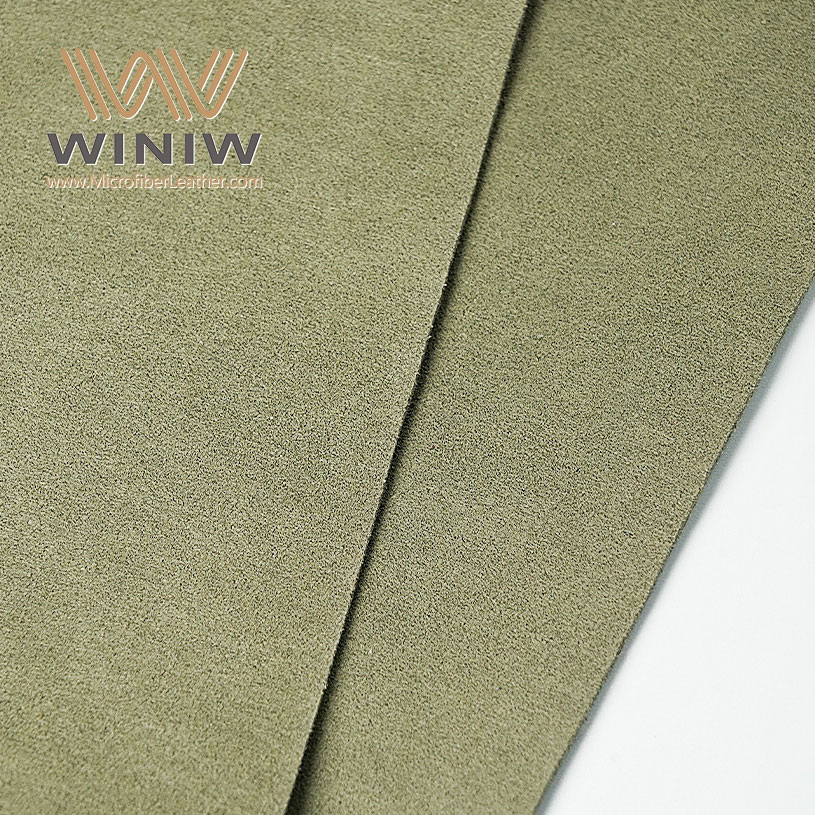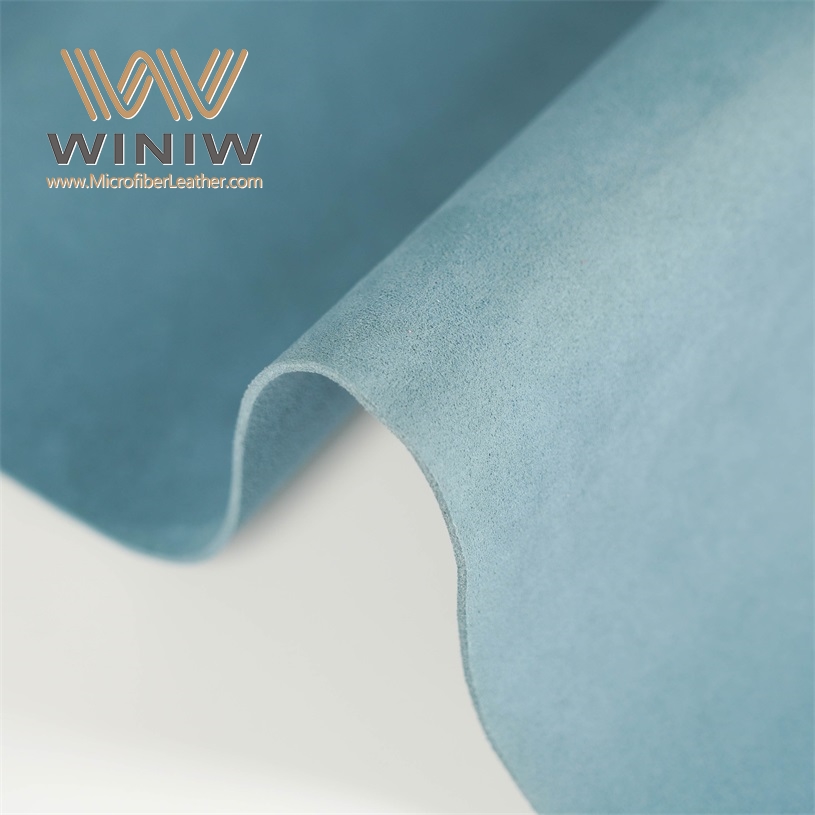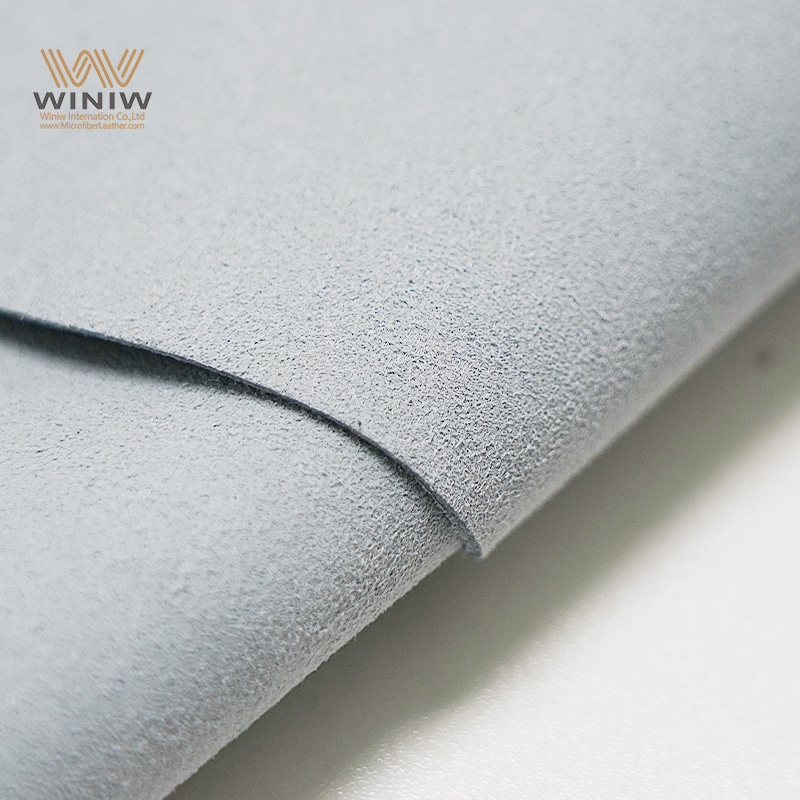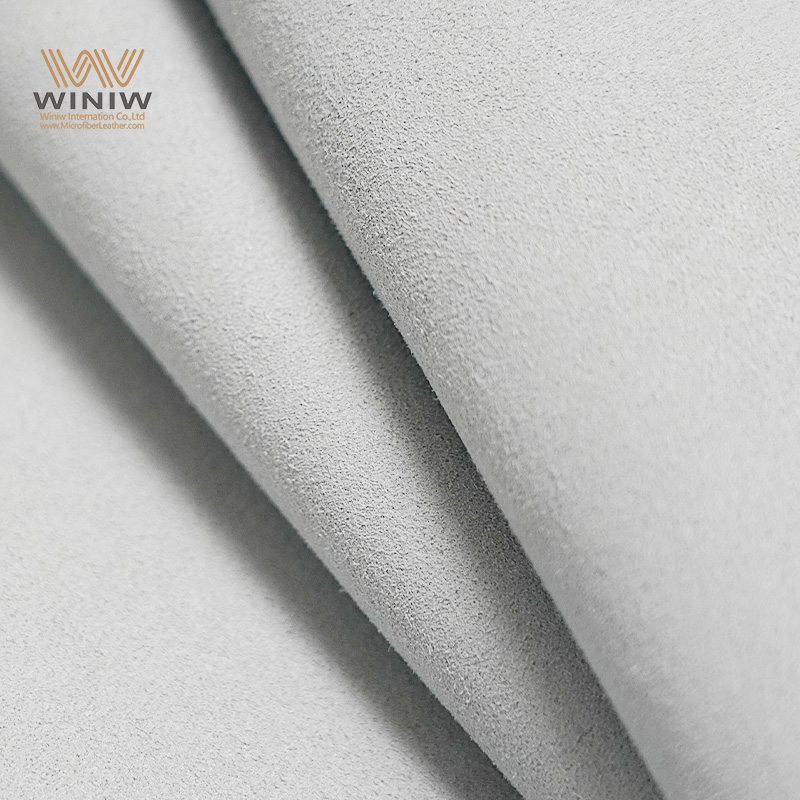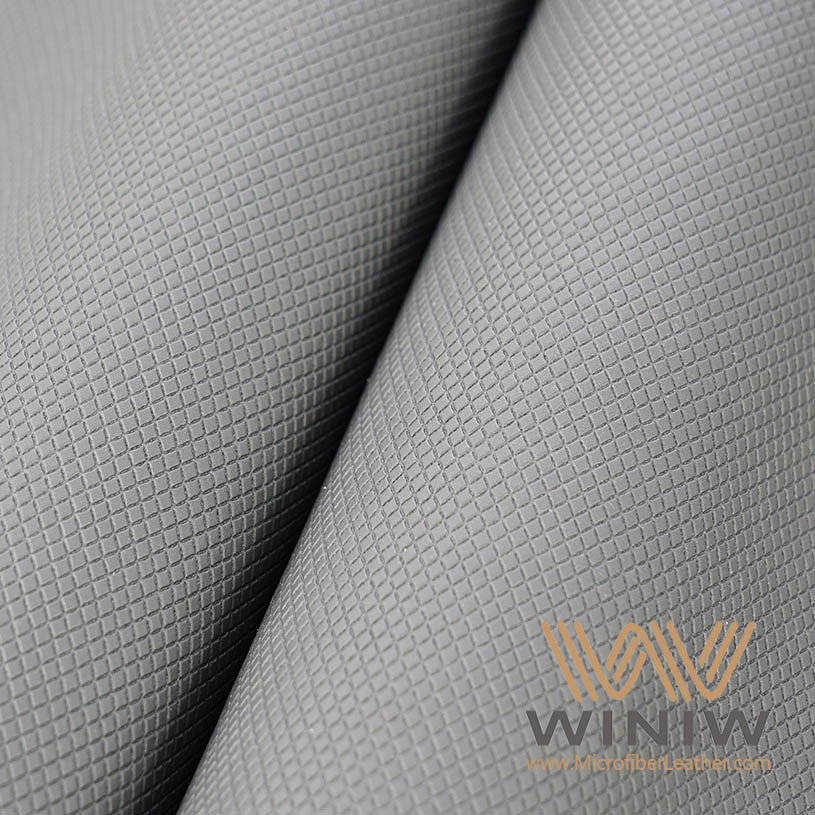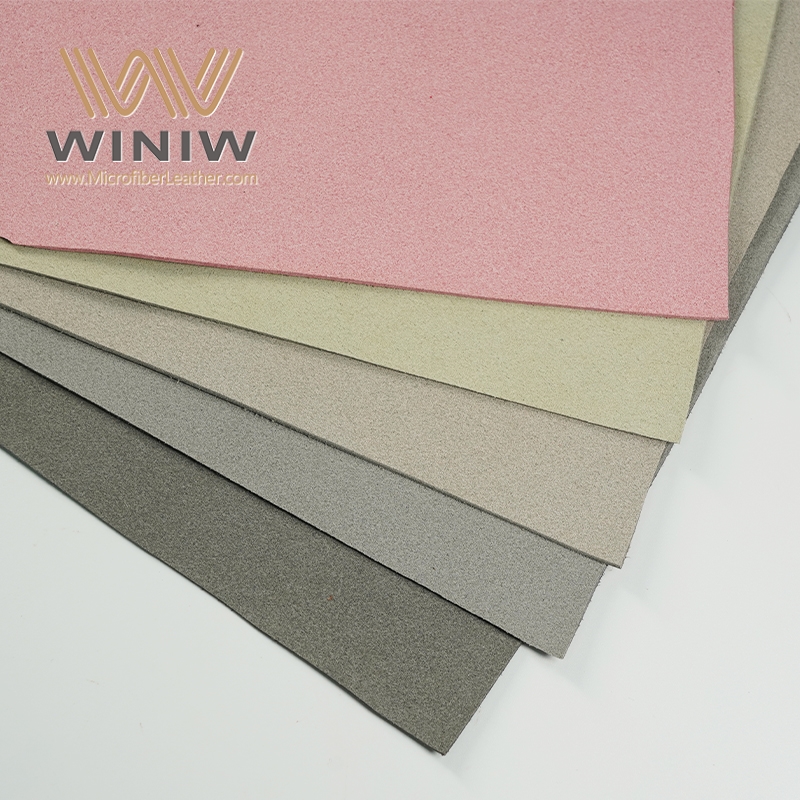
Choosing between Microsuede Cloth, faux suede, and real suede often depends on lifestyle and priorities. Imagine someone searching for a sofa that withstands spills, looks stylish, and fits the budget. Many buyers now favor faux suede for its durability, easy cleaning, and cruelty-free appeal. The faux suede market continues to grow as people seek sustainable, attractive options. Real suede offers a luxurious finish, but needs more care and costs more. See how these materials compare:
Criteria | Real Suede | Faux Suede |
|---|---|---|
Appearance | Luxurious finish, natural richness | Balances beauty with practicality |
Durability | Delicate, needs extra care | Strong, resists stains and spills |
Maintenance | Needs special cleaning products | Spot-cleanable, some washable |
Cost | Usually more expensive | Affordable and accessible |
Sustainability | Biodegradable | Synthetic, takes longer to break down |
Microsuede Faux Suede or Real Suede How to Choose the Best Option
Microsuede is ideal for families with children or pets due to its stain resistance and easy cleaning.
Faux suede offers a stylish look at a lower cost, making it suitable for fashion and home décor.
Real suede provides a luxurious finish but requires special care and is more expensive.
Consider durability: microsuede and faux suede resist wear better than real suede, which can scuff easily.
Maintenance is simpler for faux suede and microsuede; real suede needs special cleaners and regular brushing.
Budget-conscious shoppers will find microsuede and faux suede more affordable than real suede.
Choose microsuede for high-traffic furniture and faux suede for modern, stylish accents.
Sustainability matters: faux suede can be made from recycled materials, while real suede has environmental concerns linked to animal farming.
Quick Comparison
Best Uses
Microsuede, faux suede, and real suede each serve different needs in homes and fashion. Microsuede stands out in busy households. Designers recommend microfiber suede for families with children or pets. The fabric resists spills and dirt, and it keeps its appearance with minimal effort. Many choose microsuede for sofas, chairs, and pillows in homes where accidents happen often.
Faux suede fits well in spaces that need style and practicality. People use it for jackets, bags, and shoes. Faux suede offers a smooth surface and uniform thickness, making it a favorite for affordable fashion and décor.
Real suede brings luxury to any setting. The material feels soft and looks rich. Many select real suede for high-end shoes, jackets, and accessories. It works best in places where people can care for it and avoid heavy use.
Tip: Families with kids or pets should consider microsuede for furniture. It cleans easily and resists stains.
Key Differences
The three materials differ in appearance, durability, maintenance, cost, and sustainability. The table below shows how they compare:
Criteria | Microsuede (Microfiber Suede) | Faux Suede | Real Suede |
|---|---|---|---|
Appearance | Soft, smooth, consistent color | Smooth, uniform, mimics suede | Luxurious, natural, unique texture |
Durability | High, resists wear and stains | Good, resists stains and fading | Moderate, prone to scuffs and stains |
Maintenance | Easy, spot clean, vacuum | Easy, spot clean, some washable | Needs special cleaning, brush, protect |
Cost | Affordable, budget-friendly | Affordable, mid-range | Expensive, premium |
Sustainability | Synthetic, not biodegradable | Synthetic, not biodegradable | Natural, biodegradable |
Durability and Longevity
Laboratory tests show that microfiber suede outperforms real suede in abrasion resistance. Microsuede lasts significantly longer and resists wear better than real suede. Real suede needs careful handling to avoid scuffs and scratches. Faux suede also resists stains and fading, making it suitable for everyday use.
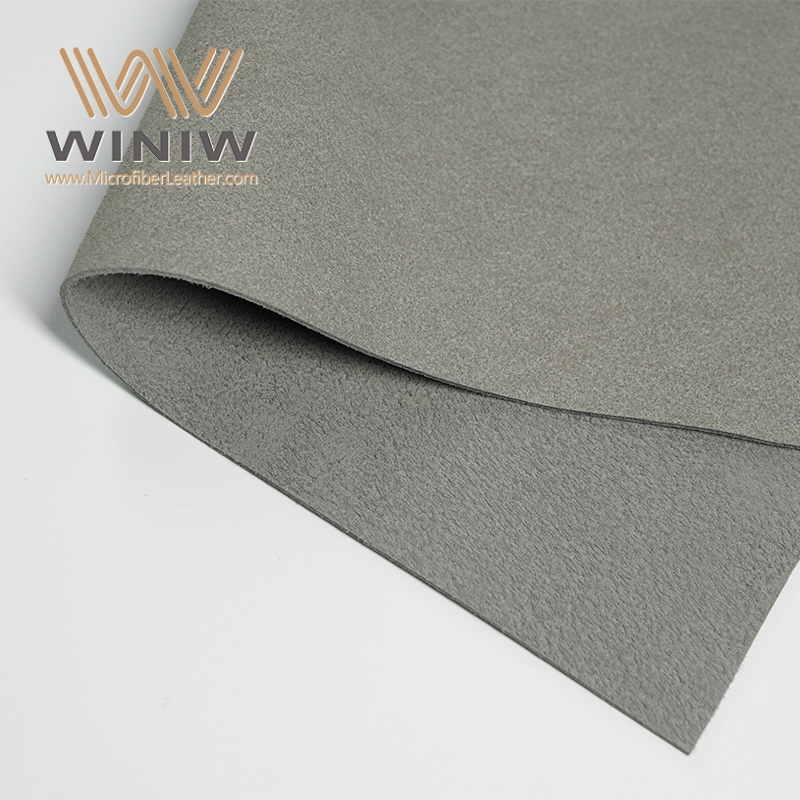
Material | Durability | Abrasion Resistance | Longevity |
|---|---|---|---|
Suede | Moderate (prone to scuffs, stains) | More prone to scuffs and scratches | Lasts 3–5 years with care |
Microfiber Suede | High (resists wear, ages well) | Superior abrasion resistance | Lasts significantly longer |
Cost Comparison
Microsuede and faux suede offer budget-friendly options. Real suede costs much more, especially for jackets and furniture.
Type of Suede | Average Cost |
|---|---|
Real Suede | |
Faux Suede | $50 to $150 |
Microsuede, often called faux suede, uses densely packed polyester fibers. This makes it affordable and durable, which appeals to buyers looking for value.
Maintenance Needs
Manufacturers recommend simple care for microsuede and faux suede. Owners can vacuum weekly, spot clean spills, and brush the fabric to keep it looking fresh. Real suede needs special cleaners, regular brushing, and protection from sunlight and moisture.
Microsuede and Faux Suede:
Vacuum weekly
Spot clean immediately
Brush fabric to maintain appearance
Air dry flat, avoid heat
Real Suede:
Use special cleaners for stains
Brush weekly
Protect from sunlight
Store in dry, ventilated area
Which Material Is Best?
For Families: Microsuede works best. It resists spills and cleans easily.
For Luxury: Real suede offers a premium look and feel.
For Budget: Faux suede and microsuede provide style at a lower cost.
Note: Microsuede and faux suede suit most homes and wardrobes. Real suede fits luxury needs but requires extra care.
Microsuede Cloth
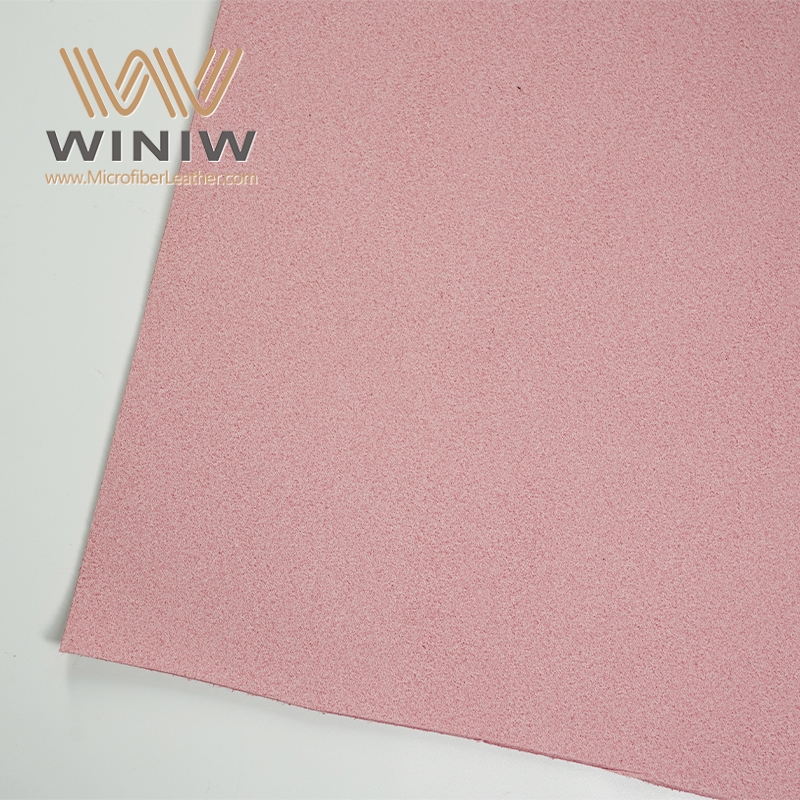
What Is Microsuede
Microsuede cloth belongs to the family of synthetic fabrics. Manufacturers create microsuede by weaving fine polyester fibers tightly together. This process gives the material a soft, suede-like texture. Microsuede cloth offers an affordable alternative to real suede. Many people choose microsuede for its durability and easy care. The fabric resists stains and holds color well. Microsuede cloth does not come from animal hides, making it a popular synthetic option for those who want cruelty-free products.
Features
Microsuede stands out among synthetic choices for several reasons. The fabric feels soft and smooth, similar to natural suede. It resists pilling and fading, even after frequent use. Microsuede cloth also provides moderate water resistance. The table below compares water resistance in microsuede, cotton, and polyester:
Fabric Type | Water Resistance | Notes |
|---|---|---|
Microsuede | Moderate | Resists water but not completely waterproof. |
Cotton | Low | Absorbs moisture easily, leading to mold issues. |
Polyester | Moderate | Durable and water-resistant, but less soft than microsuede. |
Microsuede cloth does not absorb spills quickly. Owners can wipe away liquids before they soak in. The fabric also dries faster than cotton. Microsuede remains breathable, so it feels comfortable in both warm and cool environments. The synthetic fibers make the material lightweight and easy to handle. Many people appreciate that microsuede cloth does not attract pet hair or dust easily.
Tip: Microsuede cloth works well for allergy sufferers because it traps less dust and pollen than other upholstery fabrics.
Common Uses
Microsuede cloth appears in many homes and businesses. Upholstery makers use microsuede for sofas, chairs, and ottomans. The fabric’s stain resistance and durability make it ideal for furniture in busy households. Many families with children or pets select microsuede for their living room upholstery. Designers also use microsuede cloth for decorative pillows and cushions. The material’s soft texture adds comfort and style to any space.
Microsuede finds a place in automotive interiors. Car seats and door panels often feature microsuede fabric because it withstands daily wear. Some clothing manufacturers use microsuede for jackets, skirts, and accessories. The synthetic nature of microsuede cloth allows for easy cleaning and long-lasting color. Many crafters choose microsuede for DIY projects, such as tote bags and wall art. The fabric’s versatility and affordability make it a favorite among those seeking synthetic options for upholstery and décor.
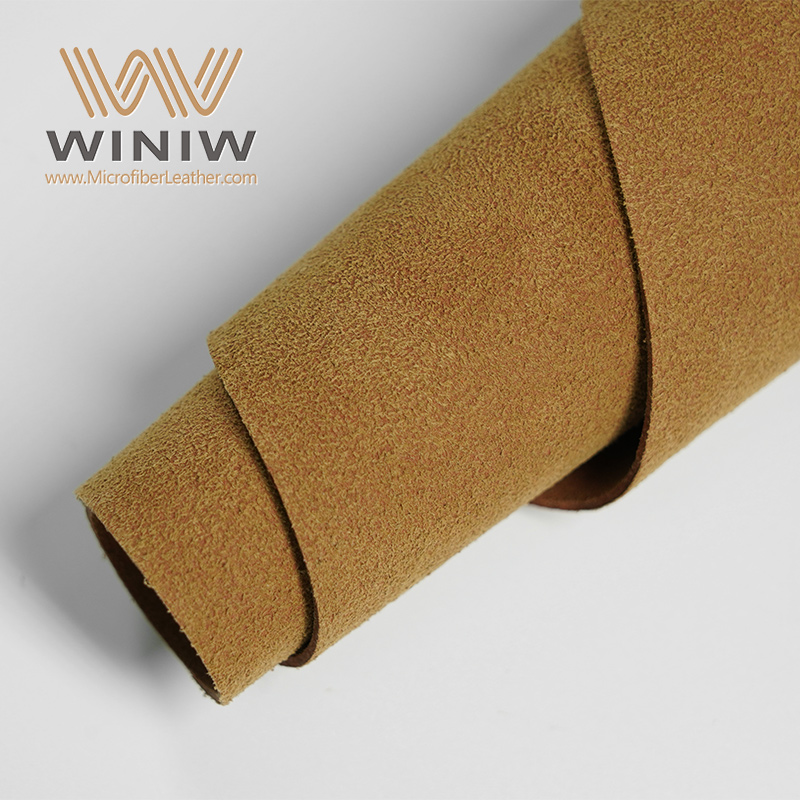
Faux Suede
What Is Faux Suede
Faux suede stands out as a polyester-based material designed to mimic the look and feel of real suede. Manufacturers engineer faux suede fabric to provide a soft, velvety surface that closely resembles natural suede. Unlike animal-derived suede, faux suede material uses synthetic fibers, making it a popular choice for those seeking cruelty-free alternatives. Faux suede fabric offers a consistent appearance and texture, which appeals to designers and consumers who value uniformity in their products. Faux suede upholstery fabric often appears in both residential and commercial settings due to its versatility and affordability.
Features
Faux suede fabric features a smooth, even surface with a uniform thickness. This quality sets it apart from real suede, which often displays natural variations and a deeper nap. Technical measurements show that faux suede typically ranges from 0.5 to 0.8 millimeters in thickness, while real suede measures between 1.0 and 2.0 millimeters. The surface of faux suede feels slightly smoother and more consistent, lacking the depth and texture variations found in genuine suede. Faux suede upholstery fabric resists stains and fading, making it suitable for high-traffic areas. Many people choose faux suede upholstery for its easy maintenance and durability. Faux suede upholstery fabric also resists pilling and holds color well over time.
Tip: Faux suede upholstery fabric works well for allergy sufferers because it traps less dust than natural fibers.
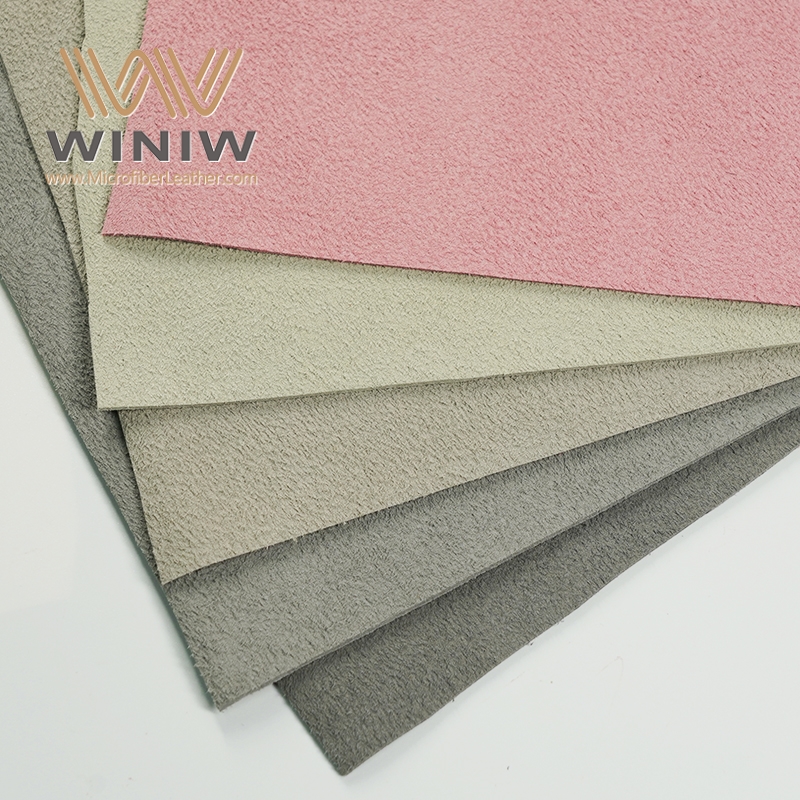
Faux suede upholstery fabric provides moderate water resistance. Spills can be wiped away before they soak in, which helps maintain the appearance of faux suede upholstery. Faux suede fabric for upholstery remains lightweight and flexible, making it easy to handle during installation or crafting. High-quality faux suede often feels almost indistinguishable from real suede, especially in upholstery applications.
Common Uses
Faux suede upholstery fabric finds widespread use in both fashion and home décor. In the fashion industry, faux suede material appears in a variety of products:
Handbags, belts, scarves, and purses
Faux suede upholstery fabric also serves as a lining in leather goods, providing a soft and durable finish. Many designers select faux suede upholstery for sofas, chairs, and ottomans because it withstands daily wear and tear. Faux suede upholstery fabric suits busy households, offices, and commercial spaces where durability and easy cleaning matter. Faux suede fabric uses extend to decorative pillows, curtains, and wall panels, adding a touch of luxury without the maintenance demands of real suede. Faux suede upholstery fabric for upholstery projects remains a top choice for those seeking style, comfort, and practicality.
Note: Faux suede upholstery fabric offers a budget-friendly solution for anyone wanting the look of suede without the high cost or upkeep.
Real Suede
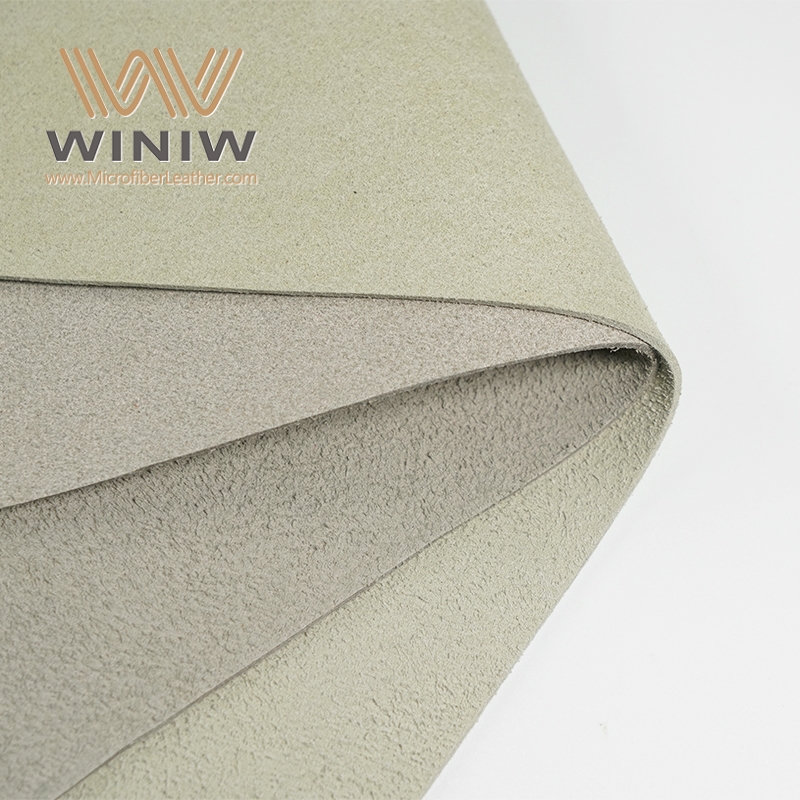
What Is Real Suede
Real suede explained: This material comes from the underside of animal hides, usually from cows, goats, or pigs. Tanners process the inner split of the hide to create a soft, napped finish. Real suede stands out for its velvety texture and natural appearance. Unlike synthetic options, real suede offers a unique grain and subtle color variations. These qualities give each piece a one-of-a-kind look. Real suede requires more attention and maintenance compared to faux suede. Owners must protect it from moisture, stains, and sunlight to preserve its beauty.
Features
Real suede feels soft and supple to the touch. The nap, or raised fibers, creates a matte finish that absorbs light and gives the material depth. This texture sets real suede apart from other leathers and synthetic alternatives. The material remains breathable, making it comfortable for clothing and accessories. Real suede also provides a lightweight feel, which many people prefer in shoes and jackets. However, the open structure of the fibers makes real suede more vulnerable to stains and water damage. Owners need to brush the surface regularly and use special cleaners to maintain its appearance.
With proper care, real suede can last a lifetime. Many people choose real suede for its durability and timeless appeal. Faux suede products typically last between three to ten years, depending on usage and maintenance. Real suede, on the other hand, rewards careful owners with long-lasting performance and enduring style.
Note: Real suede requires more attention and maintenance than faux suede, but its unique texture and natural beauty make it a favorite for luxury goods.
Common Uses
Real suede appears in many luxury and traditional products. Designers often select real suede for high-end footwear, such as loafers, boots, and sneakers. These shoes offer comfort, character, and a sophisticated look. Jackets and coats made from real suede provide warmth and a polished finish. Many people value real suede outerwear for its timeless style.
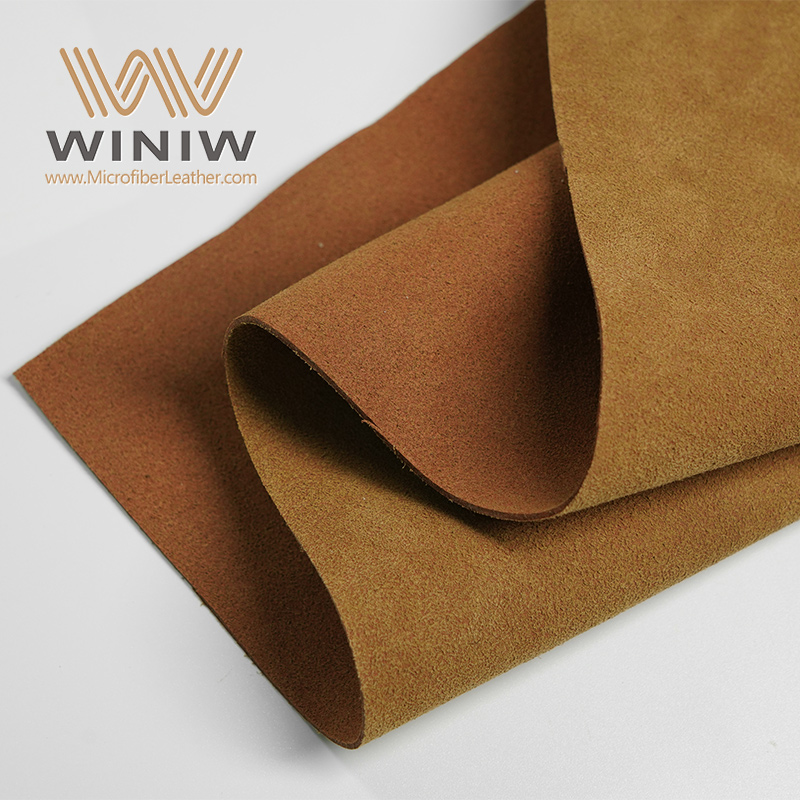
Handbags and purses crafted from real suede elevate any outfit with their soft texture and versatile colors. Accessories like belts, wallets, and watch straps often feature real suede for a refined, textured detail. Real suede also finds a place in home décor. Upholstery on chairs, cushions, and sofas transforms living spaces with warmth and a luxurious feel. Custom leather clothing and soft suede linings in jackets and pants add a touch of elegance to wardrobes.
Footwear: loafers, boots, sneakers
Outerwear: jackets, coats, trench coats
Accessories: handbags, purses, belts, wallets, watch straps
Home décor: upholstery, cushions, sofas
Custom leather clothing and linings
Real suede remains a favorite for those who appreciate craftsmanship and luxury. Its traditional uses continue to inspire designers and consumers who seek quality and style.
Faux Suede vs Real Suede
Texture
When comparing faux suede vs real suede, texture stands out as a key difference. Faux suede features a smooth, consistent surface. Manufacturers design faux materials to mimic the soft feel of natural suede. The result is a uniform texture that feels pleasant to the touch. Faux suede often lacks the depth and variation found in real suede. Real suede offers a unique nap, which means the fibers stand up and create a velvety, soft feel. Each piece of real suede displays slight differences in grain and finish. These natural variations give real suede a one-of-a-kind appearance and tactile experience. Faux suede provides a reliable, even texture, while real suede delivers a more organic and luxurious touch.
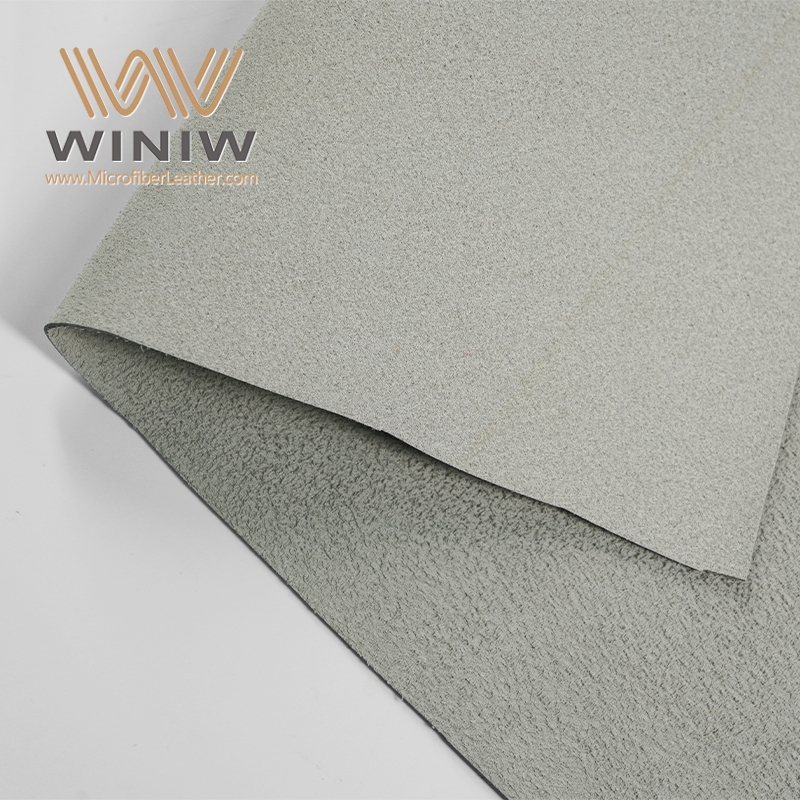
Durability
Durability plays a major role in the faux suede vs real suede debate. Faux suede resists daily wear and tear better than real suede. The synthetic fibers in faux materials hold up against abrasion, making them suitable for high-traffic areas. Many people choose faux suede for furniture and accessories that see frequent use. Real suede, while strong, remains more vulnerable to scuffs, scratches, and stains. The open structure of real suede fibers absorbs moisture and dirt easily. Owners must handle real suede with care to maintain its appearance. Faux suede stands up to spills and stains, which makes it a practical choice for busy households. Durability tests show that faux suede outlasts real suede in most everyday situations.
Tip: Faux suede works well for families with children or pets because it resists stains and keeps its shape over time.
Maintenance
Maintenance requirements differ greatly between faux suede and real suede. Faux suede offers easy cleaning and care. Most stains can be wiped away with a damp cloth. Some faux suede products are even machine washable, which adds to their convenience. Owners can vacuum or brush faux suede to remove dust and keep the fabric looking fresh. Real suede demands more attention. Cleaning real suede often requires special brushes and cleaners. Water can damage real suede, leaving marks or causing the fibers to stiffen. Owners must protect real suede from sunlight, moisture, and heavy use. Faux suede allows for simple upkeep, while real suede needs regular, careful maintenance.
When considering faux suede vs real suede, buyers should think about their lifestyle and willingness to care for the material. Faux suede provides a low-maintenance option for those who want the look of suede without the extra work. Real suede rewards careful owners with lasting beauty but requires more effort to preserve its quality.
Faux suede: easy to clean, resists stains, some machine washable
Real suede: needs special care, vulnerable to water and stains, requires regular brushing
Note: Faux suede costs much less than real suede. Faux suede is priced around $18.99 per square yard, making it accessible for most budgets. Real suede is significantly more expensive, which adds to the maintenance investment.
Cost
Cost often plays a major role when choosing between faux suede and real suede. Faux suede stands out as the more affordable option. Manufacturers use synthetic fibers, which cost less to produce than animal hides. This lower production cost leads to savings for consumers. Faux suede products, such as jackets, shoes, and upholstery, usually fall within a budget-friendly range. Many retailers offer faux suede sofas for $300 to $700, while faux suede jackets often cost between $40 and $120.
Real suede, on the other hand, comes from animal hides. The tanning and finishing processes require skilled labor and time. These factors increase the price of real suede goods. Shoppers can expect to pay $200 or more for a real suede jacket. High-end real suede sofas often start at $1,000 and can reach several thousand dollars.
The table below highlights typical price ranges:
Product Type | Faux Suede Price Range | Real Suede Price Range |
|---|---|---|
Jacket | $40 – $120 | $200 – $500+ |
Shoes | $30 – $80 | $100 – $300+ |
Sofa | $300 – $700 | $1,000 – $3,000+ |
Tip: Faux suede offers a stylish look for less. Real suede appeals to those who value luxury and are willing to invest more.
Buyers should also consider long-term costs. Real suede may require professional cleaning, which adds to the overall expense. Faux suede usually needs only simple spot cleaning, reducing maintenance costs over time.
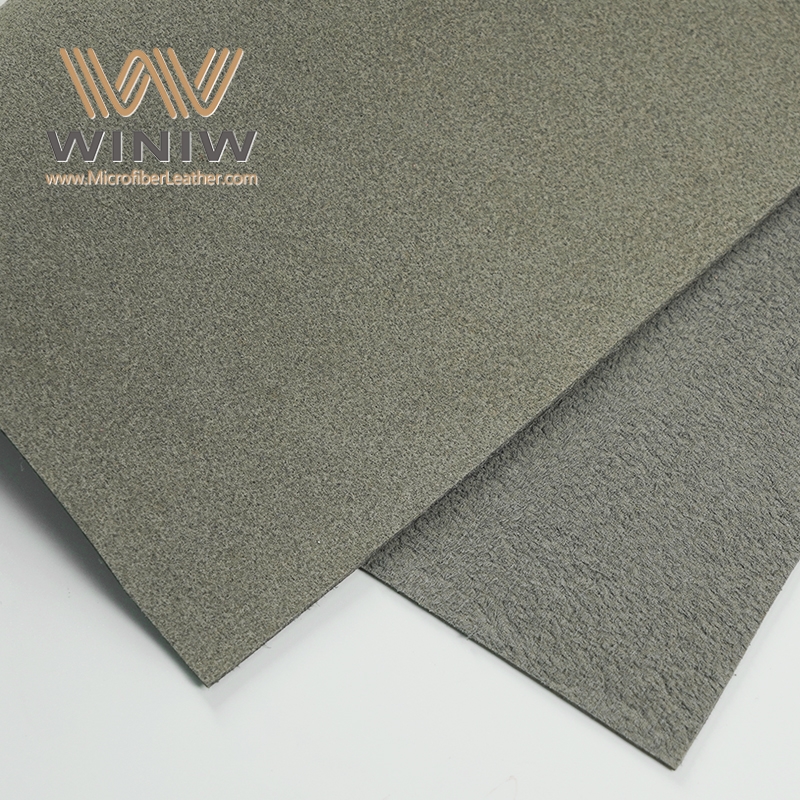
Appearance
Appearance sets faux suede and real suede apart in noticeable ways. Faux suede mimics the look of real suede with a smooth, even surface. Manufacturers design faux suede to have consistent color and texture. This uniformity works well for modern furniture and fashion, where a flawless finish is often preferred. Faux suede comes in a wide range of colors, from classic neutrals to bold shades. The dyeing process for synthetic fibers allows for vibrant and long-lasting hues.
Real suede offers a unique, natural beauty. Each piece displays subtle variations in color and texture. The nap, or raised fibers, creates a soft, matte finish that absorbs light. This gives real suede a rich, luxurious appearance. No two pieces of real suede look exactly alike. Some areas may appear slightly darker or lighter, adding depth and character. Many people appreciate these natural imperfections, which signal authenticity.
A side-by-side comparison helps highlight the differences:
Faux Suede:
Smooth, uniform surface
Consistent color
Wide color selection
Modern, flawless look
Real Suede:
Natural variations in texture and color
Soft, velvety nap
Unique, one-of-a-kind appearance
Classic, luxurious feel
Note: Faux suede works well for those who want a sleek, consistent look. Real suede suits buyers who value natural beauty and individuality.
Both materials look attractive, but the choice depends on personal style and the desired effect in a room or outfit.
Microsuede vs Faux Suede
Look and Feel
Microsuede and faux suede both aim to replicate the soft, velvety texture of natural suede. Microsuede uses tightly woven polyester fibers to create a smooth, plush surface. This material feels gentle to the touch and offers a consistent appearance. Faux suede, made from synthetic fibers, also delivers a soft and even finish. Many people find that faux suede looks almost identical to real suede, especially in upholstery applications. Faux suede provides a uniform color and texture, which appeals to those who want a flawless look in their furniture or clothing. Both materials resist pilling and fading, keeping their appearance fresh over time. Faux suede stands out for its luxurious look, making it a popular choice for modern interiors and fashion.
Durability
Durability remains a key factor when choosing between microsuede and faux suede for upholstery. Microsuede resists wear and tear, making it suitable for busy households. The tightly packed fibers help prevent stains and scuffs. Faux suede, however, is known for its strength and ability to handle frequent use. Many commercial settings, such as hotels and restaurants, prefer faux suede for their furniture and decor. The material holds up well in high-traffic areas and maintains its appearance even after repeated cleaning. Faux suede upholstery offers a combination of luxury and resilience, which makes it ideal for sofas, chairs, and benches in both homes and businesses.
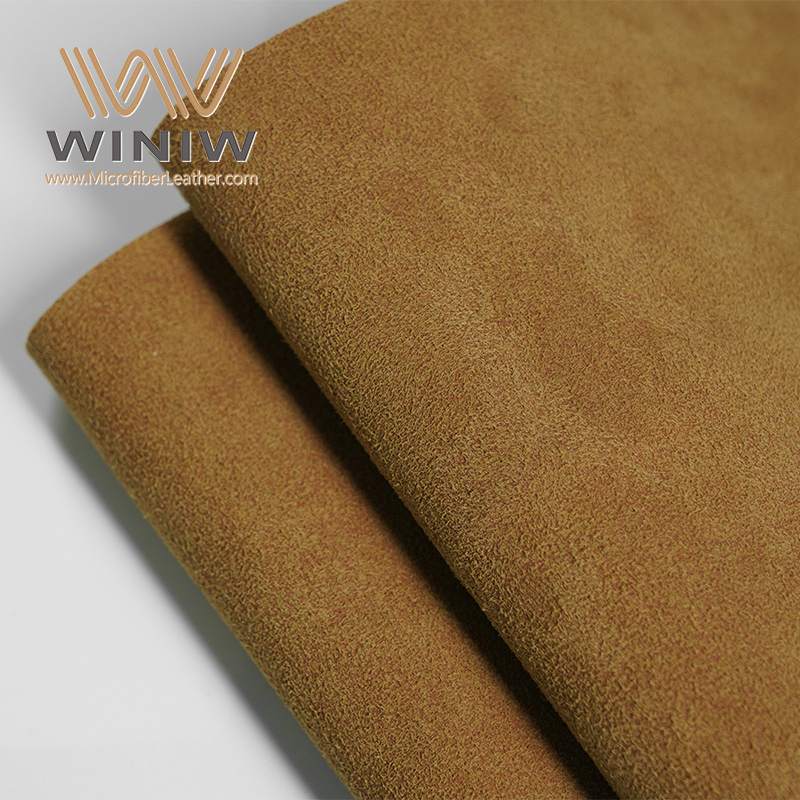
Feature | Faux Suede Benefits |
|---|---|
Durability | Known for strength, ideal for frequent use |
Easy Maintenance | Simple to clean and maintain |
Appearance | Luxurious look suitable for commercial settings |
Faux suede upholstery appears in many places:
Hotels: Furniture and decor that provide comfort and style.
Restaurants: Upholstered chairs and booths for a sophisticated atmosphere.
Offices: Professional yet comfortable seating options.
Cleaning
Cleaning methods for microsuede and faux suede upholstery share many similarities. Upholstery experts recommend regular maintenance to keep both materials looking their best. Owners should dust and vacuum using a soft brush attachment to remove surface dirt. For spills, blot the area immediately with a clean cloth. A mild cleaning solution can help with tougher spots. Deep cleaning involves vacuuming thoroughly and using a suede brush to lift dirt and restore the fabric's texture.
Description | |
|---|---|
Spot Cleaning | Use rubbing alcohol or a specialized cleaner, applying with a soft cloth and brushing the nap once dry. |
Machine Washing | For machine-washable items, use a gentle cycle with cold water and mild detergent. |
Hand Washing | For non-washable items, use minimal moisture and a soft brush for spot cleaning. |
Stain Removal | Apply cornstarch for oil stains, and use enzyme-based cleaners for food stains. |
A simple cleaning routine for faux suede and microsuede upholstery includes:
Dust and vacuum regularly.
Blot spills right away.
Use a suede brush to maintain the nap.
Apply dedicated cleaners for stubborn stains.
Faux suede upholstery often allows for spot cleaning and, in some cases, machine washing. Microsuede also responds well to these methods, making both materials practical for families and commercial spaces. Proper care helps extend the life of faux suede and microsuede upholstery, keeping furniture and accessories looking new.
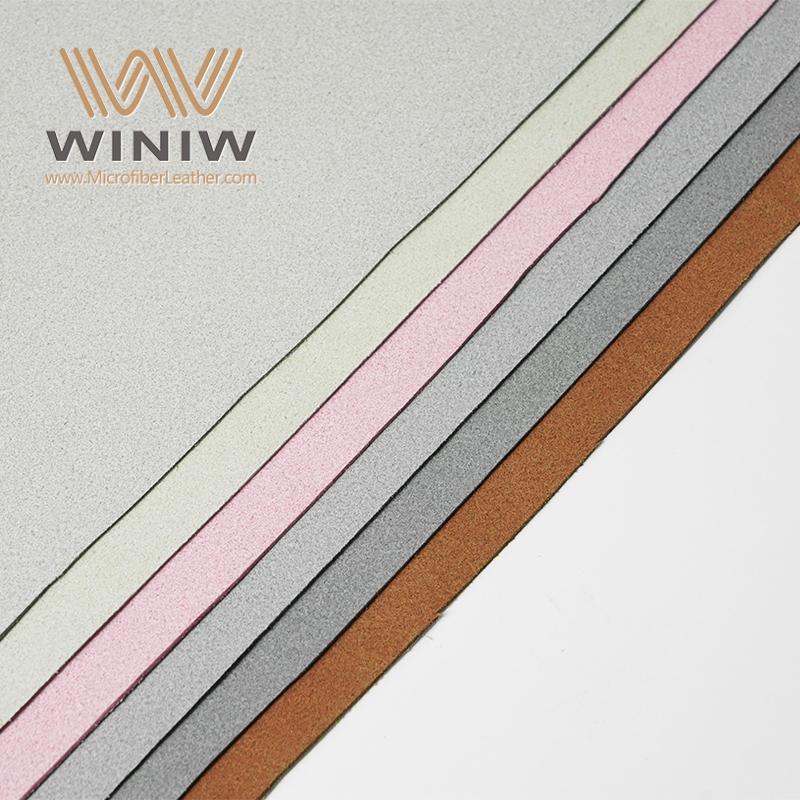
Best Uses
Microsuede and faux suede both offer practical solutions for a wide range of upholstery projects. Each material brings unique strengths to different settings. Understanding where each fabric excels helps buyers make informed decisions.
Microsuede works best in homes with high activity. Families with children or pets often choose microsuede for sofas, sectionals, and chairs. The fabric resists stains and stands up to daily wear. Many homeowners select microsuede for living room upholstery because it cleans easily and maintains its appearance over time. Pet owners appreciate that microsuede does not attract hair or dust as much as other fabrics. In addition, allergy sufferers benefit from microsuede upholstery since it traps fewer allergens.
Faux suede finds its place in both residential and commercial spaces. Designers often use faux suede for modern furniture, accent chairs, and ottomans. The material provides a sleek, uniform look that fits contemporary interiors. Faux suede upholstery appears in offices, hotels, and restaurants where style and durability matter. Many businesses prefer faux suede for waiting room seating and lounge areas because it handles frequent use and cleans quickly.
The table below highlights the best uses for each material:
Application Area | Microsuede Upholstery | Faux Suede Upholstery |
|---|---|---|
Family Sofas | Excellent choice | Good option |
Pet-Friendly Homes | Highly recommended | Suitable |
Modern Interiors | Good fit | Excellent choice |
Commercial Spaces | Suitable | Highly recommended |
Decorative Pillows | Popular | Popular |
Dining Chairs | Good | Good |
DIY Projects | Easy to work with | Easy to work with |
Tip: For homes with kids or pets, microsuede upholstery offers the best balance of comfort and practicality.
Faux suede also excels in fashion and accessories. Many manufacturers use faux suede for jackets, handbags, and shoes. The material mimics the look of real suede while offering easier care. Faux suede upholstery fabric adapts well to creative projects, such as wall panels or custom headboards.
Microsuede remains a top pick for large furniture pieces that see heavy use. Faux suede stands out in spaces where a modern, polished appearance is important. Both materials suit decorative pillows and smaller upholstery projects. When choosing between microsuede and faux suede, buyers should consider the specific needs of their space and the level of maintenance they prefer.
Durability and Care
Stain Resistance
Microsuede, faux suede, and real suede each respond differently to stains. Microsuede resists most stains because of its tightly woven fibers. Spills often sit on the surface, giving owners time for quick cleaning. Faux suede also provides strong stain resistance. Many manufacturers treat faux suede to repel liquids and dirt, making cleaning simple. Real suede, however, absorbs stains quickly. The open structure of real suede fibers allows liquids to penetrate, which can cause permanent marks.
For best results, owners should act fast when spills occur. Blotting with a clean cloth removes most fresh stains from microsuede and faux suede. Real suede needs special attention. Owners should use a suede brush and dedicated cleaner to lift stains. Regular cleaning helps maintain the look and feel of all three materials.
Tip: For easy care, vacuum upholstery weekly and address spills immediately. This routine prevents dirt buildup and keeps fabrics looking new.
Water Resistance
Water resistance varies among these materials. Spill simulations show clear differences:
Faux suede is treated to be water-repellent, allowing it to resist moisture effectively.
Microsuede offers moderate water resistance. Liquids bead up on the surface, so owners can wipe them away before they soak in.
Real suede absorbs water quickly, resulting in permanent stains and loss of texture.
Faux suede can regain its soft texture after drying, while real suede may not.
Caring for faux suede involves regular cleaning and prompt attention to spills. Owners should avoid soaking the fabric. Instead, they should use a damp cloth for spot cleaning and let the material air dry. Real suede requires more careful handling. Water can damage the nap and leave lasting marks. Owners should use a suede protector spray to add a layer of defense against moisture.
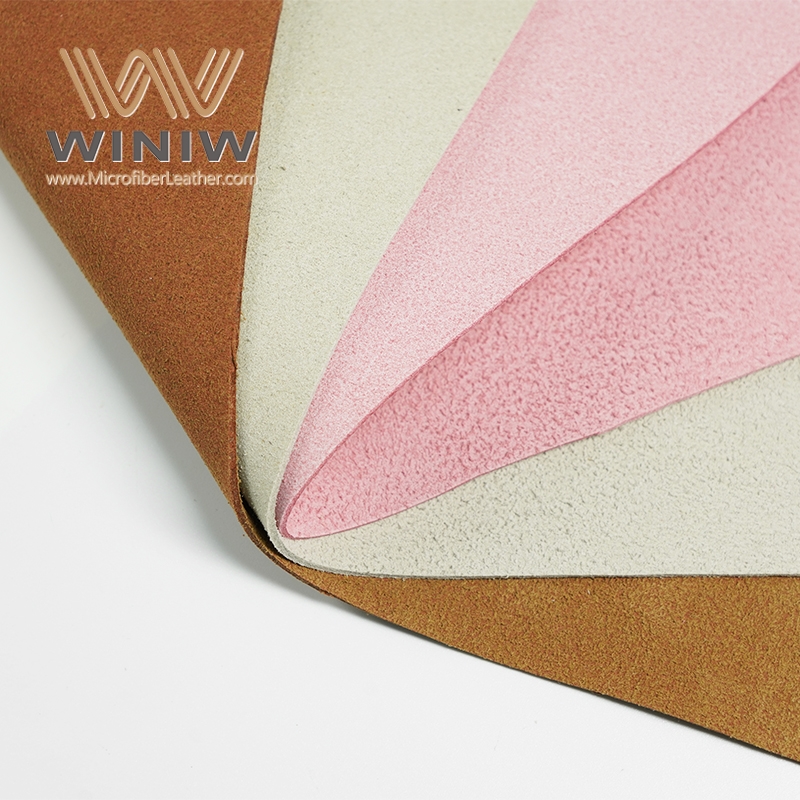
Longevity
The lifespan of each material depends on daily use and cleaning habits. Microsuede and faux suede both offer durability for busy households. Real suede can last for years, but only with proper care and gentle use. The table below summarizes average longevity in household settings:
Material | Longevity |
|---|---|
Microsuede | Durable |
Faux Suede | Implied durable alternative |
Real Suede | Variable |
Regular cleaning extends the life of all three materials. Microsuede and faux suede respond well to vacuuming and spot cleaning. Real suede needs more frequent brushing and special products. Owners who follow a consistent cleaning routine will enjoy their furniture and accessories for many years.
Note: Choosing the right material for your lifestyle makes cleaning and care much easier. Microsuede and faux suede offer easy care, while real suede rewards careful owners with lasting beauty.
Cost and Value
Price Range
Buyers often look at price first when choosing between microsuede, faux suede, and real suede. Each material comes with a different cost, which can affect the final decision. Microsuede and faux suede both offer affordable options for furniture and fashion. Real suede usually costs much more because it comes from animal hides and requires special processing.
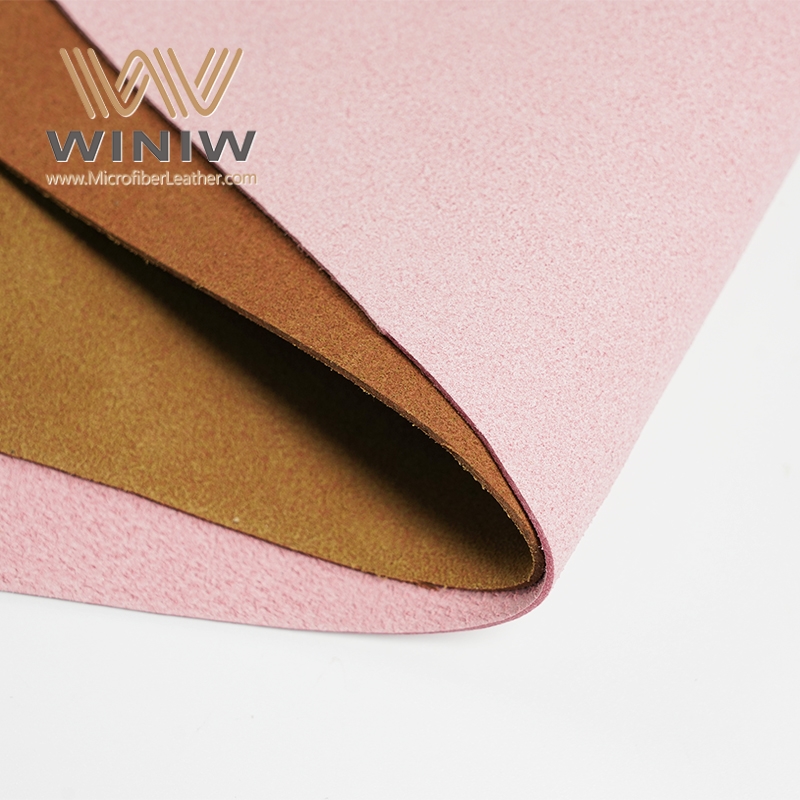
The table below shows typical price ranges for these materials:
Fabric Type | Price Range |
|---|---|
Microsuede | As low as $16.98/yard |
Faux Suede | |
Real Suede | Much more expensive (often $50+/yard) |
Microsuede often appears as the most budget-friendly choice. Faux suede follows closely, with only a slight increase in price per yard. Real suede stands out as the premium option, with prices that can be several times higher than synthetic alternatives.
In retail stores, shoppers may find:
Microsuede sofas and chairs at lower price points.
Faux suede jackets and shoes in the mid-range.
Real suede products, such as jackets or sofas, at luxury prices.
Note: Real suede’s higher cost reflects the labor and materials needed to produce it.
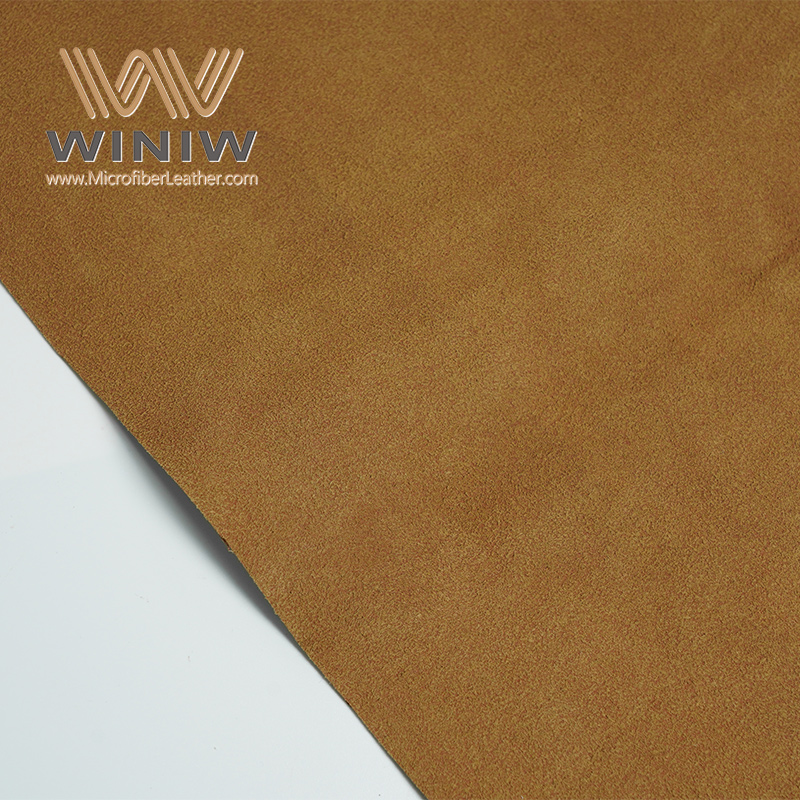
Long-Term Value
Cost alone does not determine value. Buyers should also consider how long each material lasts and how much care it needs. Microsuede and faux suede both offer strong value for money. These materials resist stains and wear, which means they look good for years with basic cleaning. Many families choose microsuede for sofas and chairs because it stands up to daily use and keeps its color.
Faux suede also provides good long-term value. It works well in busy homes and commercial spaces. Owners spend less on cleaning and repairs because faux suede resists spills and fading. The initial investment pays off over time, especially for those who want style without high upkeep costs.
Real suede offers a different kind of value. The material feels luxurious and looks unique. With careful maintenance, real suede can last for decades. However, it needs special cleaning and protection from water and stains. Owners may spend more on care products and professional cleaning. For those who value craftsmanship and tradition, real suede becomes an investment piece.
A quick summary:
Microsuede: Best for those seeking low cost and easy care.
Faux Suede: Good balance of price, style, and durability.
Real Suede: High upfront cost, but offers luxury and long life with proper care.
Tip: Buyers should match their choice to their lifestyle and budget. Synthetic options give strong value for most homes, while real suede suits those who want a premium experience.
Sustainability
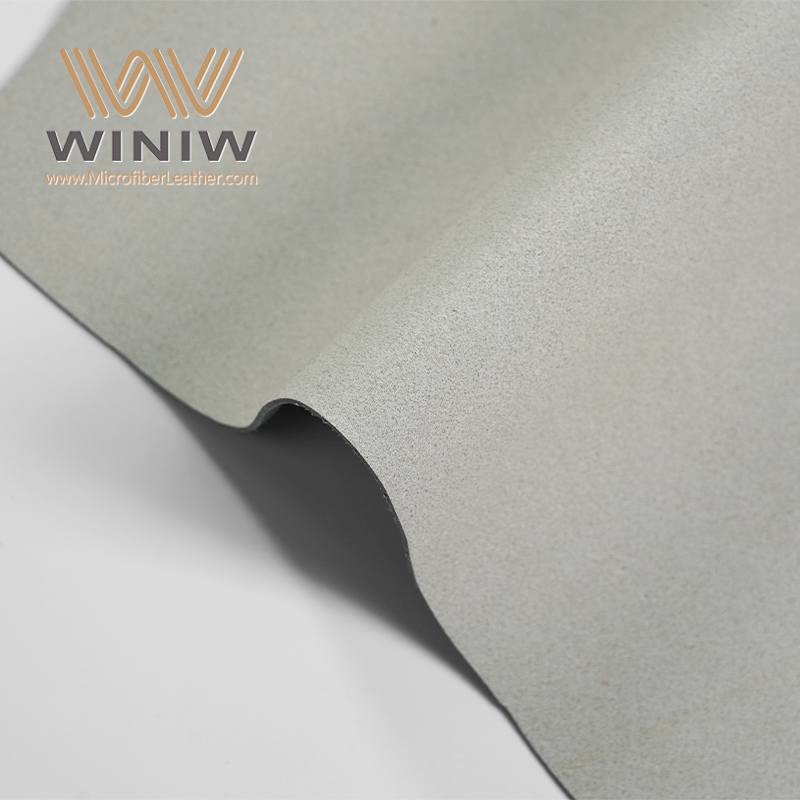
Environmental Impact
Sustainability plays a key role when choosing between microsuede, faux suede, and real suede. Each material affects the environment in different ways. Life cycle assessments show that faux suede, especially brands like Dinamica made from 100% recycled PET, has a much lower carbon footprint than traditional polyester fabrics. This type of faux suede requires about 60% less carbon emissions during production. Many manufacturers now use recycled materials to make faux suede, which helps reduce waste and energy use.
Microsuede, another synthetic option, also uses polyester fibers. While it does not biodegrade quickly, it often lasts longer than natural fabrics, which can reduce the need for frequent replacements. However, both microsuede and faux suede remain synthetic and take a long time to break down in landfills.
Real suede, made from animal hides, has a different set of environmental concerns. The production of real suede links directly to livestock farming. Raising animals for leather contributes to greenhouse gas emissions, especially methane. The leather industry also uses large amounts of water and chemicals during tanning and finishing. These processes can pollute water sources and harm local ecosystems.
Many experts agree that the leather industry, including suede production, is a major source of greenhouse gases and chemical pollution.
A quick comparison of environmental impact:
Faux suede (recycled PET): Lower carbon footprint, uses recycled materials, slow to biodegrade.
Microsuede: Durable, synthetic, slow to biodegrade, less frequent replacement needed.
Real suede: High greenhouse gas emissions from livestock, chemical-intensive processing, biodegradable if untreated.
Animal Welfare
Animal welfare remains a major concern for many shoppers. Real suede comes from animal hides, so its production involves livestock farming. Animal welfare organizations often raise concerns about the treatment of animals in the leather industry. Issues include overcrowding, poor living conditions, and inhumane slaughter practices. These concerns have led many people to seek alternatives.
Faux suede and microsuede do not use animal products. Synthetic options appeal to those who want cruelty-free materials. While these fabrics avoid animal harm, they do have their own environmental challenges, such as microplastic pollution and slow decomposition.
Animal welfare groups often recommend synthetic alternatives for those who want to avoid supporting animal-based industries.
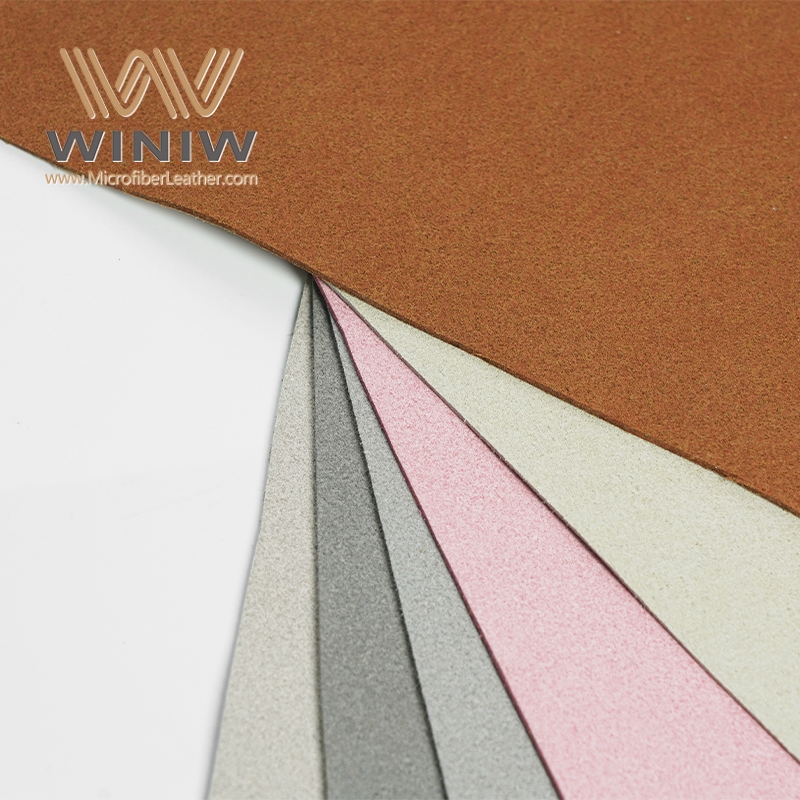
A summary of animal welfare considerations:
Real suede: Involves animal use, raises ethical concerns, but can be biodegradable if produced sustainably.
Faux suede and microsuede: No animal products, considered cruelty-free, but not without environmental impact.
Choosing the most sustainable option depends on personal values. Some people prioritize animal welfare, while others focus on reducing carbon emissions or waste. Each material offers trade-offs, so buyers should consider what matters most to them before making a decision.
Best Uses
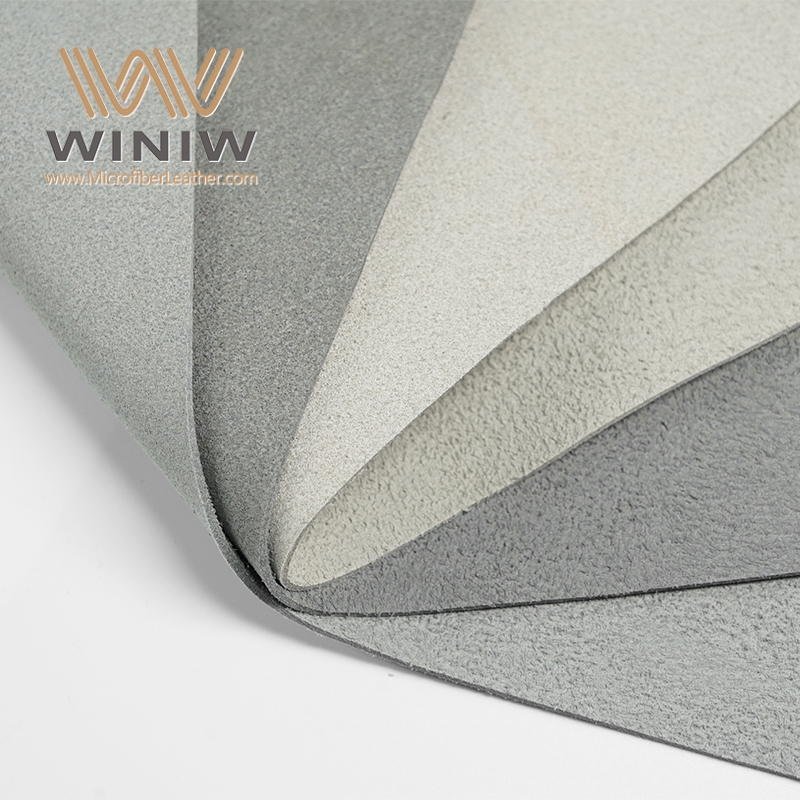
Fashion
Shoes
Microsuede, faux suede, and real suede each offer unique benefits for shoes. Real suede creates a luxurious, soft finish that feels comfortable and looks elegant. Many high-end brands use real suede for dress shoes and boots. Faux suede provides a similar appearance but resists stains and water better, making it a smart choice for everyday footwear. Microsuede stands out for its durability and easy cleaning, which suits sneakers and casual shoes. Designers often select faux suede for affordable, stylish options that mimic the look of real suede without the high price.
Jackets
Jackets made from real suede deliver a classic, timeless style. The natural nap of real suede gives each jacket a unique texture and depth. Faux suede jackets appeal to those who want the look of suede with less maintenance. These jackets resist fading and can handle light rain better than real suede. Microsuede jackets feel soft and lightweight, making them comfortable for daily wear. Many people choose faux suede or microsuede for outerwear because these materials combine style with practicality.
Bags
Bags crafted from real suede offer a premium feel and rich color variations. These bags often become statement pieces in any wardrobe. Faux suede bags provide a cruelty-free alternative that still looks fashionable. They resist scuffs and stains, which helps them stay attractive longer. Microsuede bags work well for those who need a lightweight, easy-to-clean option. In the world of fashion, faux suede and microsuede bags have gained popularity for their versatility and affordability.
Home Décor
Sofas
Microsuede, faux suede, and real suede all appear in sofa upholstery. Microsuede excels in busy homes because it resists spills and stains. Faux suede sofas offer a smooth, uniform look that fits modern interiors. Real suede sofas bring luxury and warmth to living rooms but require more care. Upholstery experts often recommend microsuede or faux suede for families with children or pets.
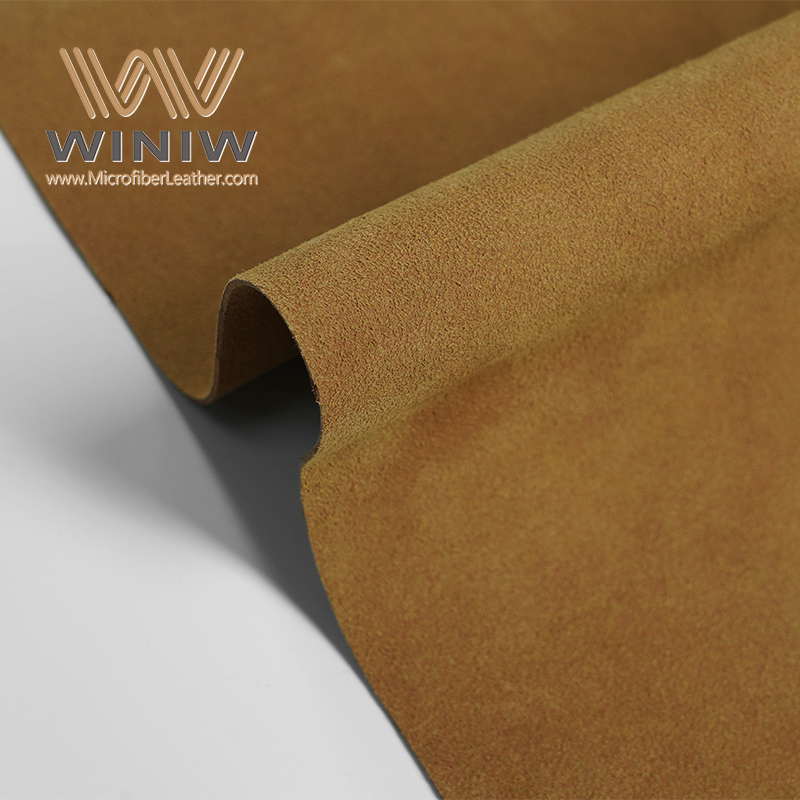
Pillows
Decorative pillows made from faux suede or microsuede add softness and color to any space. These materials hold their shape and resist fading, even with frequent use. Real suede pillows create a sophisticated accent but need gentle handling. Many homeowners choose faux suede or microsuede for pillows because they combine comfort with easy maintenance.
Curtains
Faux suede curtains provide a sleek, modern appearance and block light effectively. Microsuede curtains feel soft and drape beautifully, making them a popular choice for bedrooms and living rooms. Real suede curtains remain rare due to their weight and care needs, but they can add a dramatic touch to formal spaces.
Common uses for these materials include sofa, couch, bench, and chair upholstery, bed covers, ottomans, footstools, upholstered headboards, and restaurant seating.
DIY Projects
Crafters often select faux suede and microsuede for DIY projects. These materials cut easily, resist fraying, and come in many colors. Faux suede works well for making custom pillows, wall art, and small accessories. Microsuede suits tote bags, pet beds, and even book covers. Real suede appears in advanced projects, such as handmade wallets or jewelry, where a luxurious finish matters.
Material Type | Description |
|---|---|
Premium fabrics and professional sewing tools for creating couture-quality garments. | |
Jewelry Designer Kit | Complete jewelry making set with precision tools and premium materials for professional results. |
Woodcraft Master Tools | Professional woodworking tools and specialty wood for building high-quality furniture. |
Master Artist Paint Set | Professional-grade acrylic paints, premium brushes, and canvas boards for serious painters. |
Tip: Faux suede and microsuede remain top choices for DIY projects because they are easy to handle and maintain.
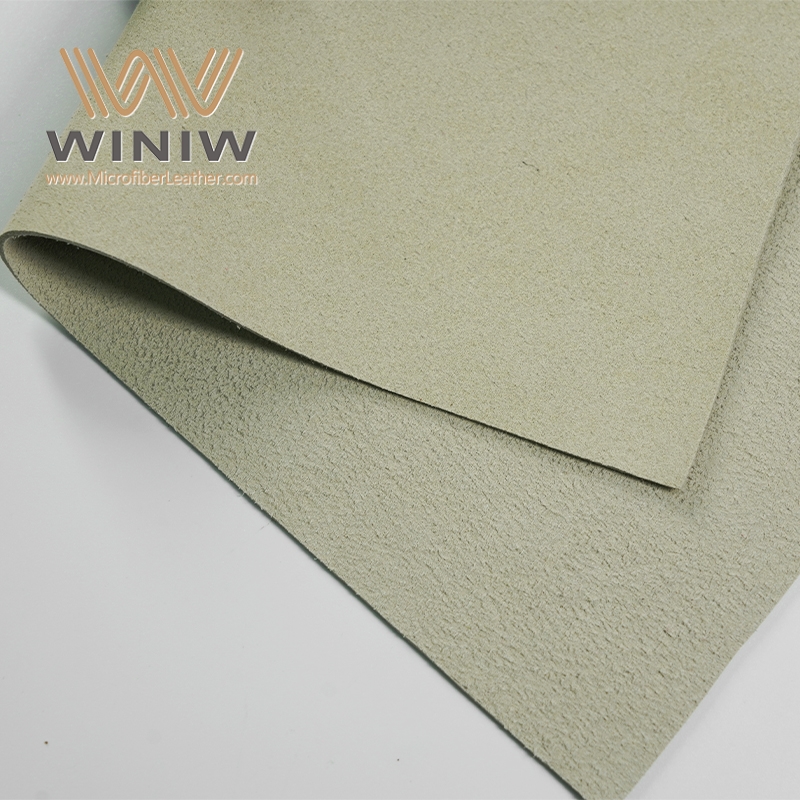
Decision Guide
Checklist
A clear checklist helps buyers focus on what matters most when selecting between microsuede, faux suede, and real suede. Each material offers unique strengths. Shoppers can use this list to match their needs with the right fabric:
Durability Needs
Will the item face heavy daily use?
Is stain resistance important?
Budget
Is a lower price a priority?
Is there room for a higher investment in luxury?
Maintenance Preferences
Is easy cleaning a must?
Can special care be provided?
Sustainability and Ethics
Is animal welfare a concern?
Is eco-friendliness important?
Desired Appearance
Is a flawless, uniform look preferred?
Is a unique, natural texture more appealing?
Intended Use
Will the material be used for fashion, home décor, or DIY projects?
Is breathability or water resistance needed?
Tip: Shoppers who want a quick answer can remember: Microsuede suits busy homes, faux suede fits most budgets and styles, and real suede delivers luxury for special occasions.
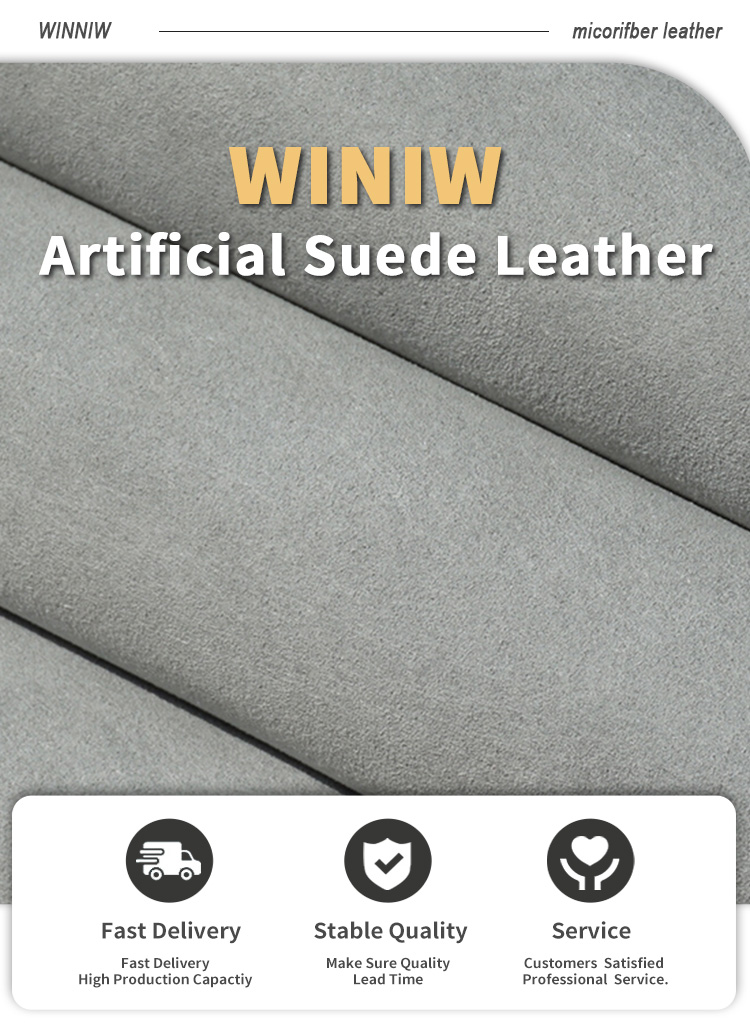
Lifestyle Match
Different lifestyles call for different materials. The table below compares key factors for real suede and faux suede, helping buyers see which fits their daily routine:
Factor | Real Suede | Faux Suede |
|---|---|---|
Durability | Long-lasting, high-quality | Durable, may show wear over time |
Cost | Higher investment | More affordable |
Maintenance | Needs special care | Low maintenance, easy to clean |
Eco-friendliness | Natural material | Vegan-friendly, synthetic |
Breathability | Excellent | Good |
Real Suede: Best for those who value luxury and plan to use the item for special occasions or as a long-term investment. Real suede works well in formal settings and for people who enjoy caring for their belongings.
Faux Suede: Ideal for everyday use, especially in busy households. Faux suede offers affordability, easy care, and vegan-friendly appeal. It suits those who want style without high maintenance.
Microsuede also deserves mention. This fabric stands out for families with children or pets. It resists stains and cleans easily, making it a practical choice for sofas, chairs, and other high-traffic furniture.
Note: Buyers who want unmatched luxury and a unique look often choose real suede. Those who need practicality and value often select faux suede or microsuede.
Questions to Ask
Before making a final decision, shoppers should ask themselves a few key questions:
How much time can they spend on cleaning and care?
Will the item face frequent spills, pet hair, or heavy use?
Is a vegan or cruelty-free product important?
Does the budget allow for a higher upfront investment?
Is a natural, one-of-a-kind appearance more appealing than a uniform look?
Will the item be used in a formal or casual setting?
How important is breathability or water resistance?
Asking these questions helps buyers match their priorities with the right material. The best choice depends on lifestyle, values, and how the item will be used.
Choosing between microsuede, faux suede, and real suede depends on individual needs. Microsuede suits busy homes with kids or pets. Faux suede offers style and easy care for most budgets. Real suede brings luxury and a unique look for those who value tradition.
Consider daily habits, cleaning preferences, and budget.
Think about sustainability and animal welfare if these matter.
Every home or wardrobe can find a suede option that fits perfectly. The right choice will match both lifestyle and values.
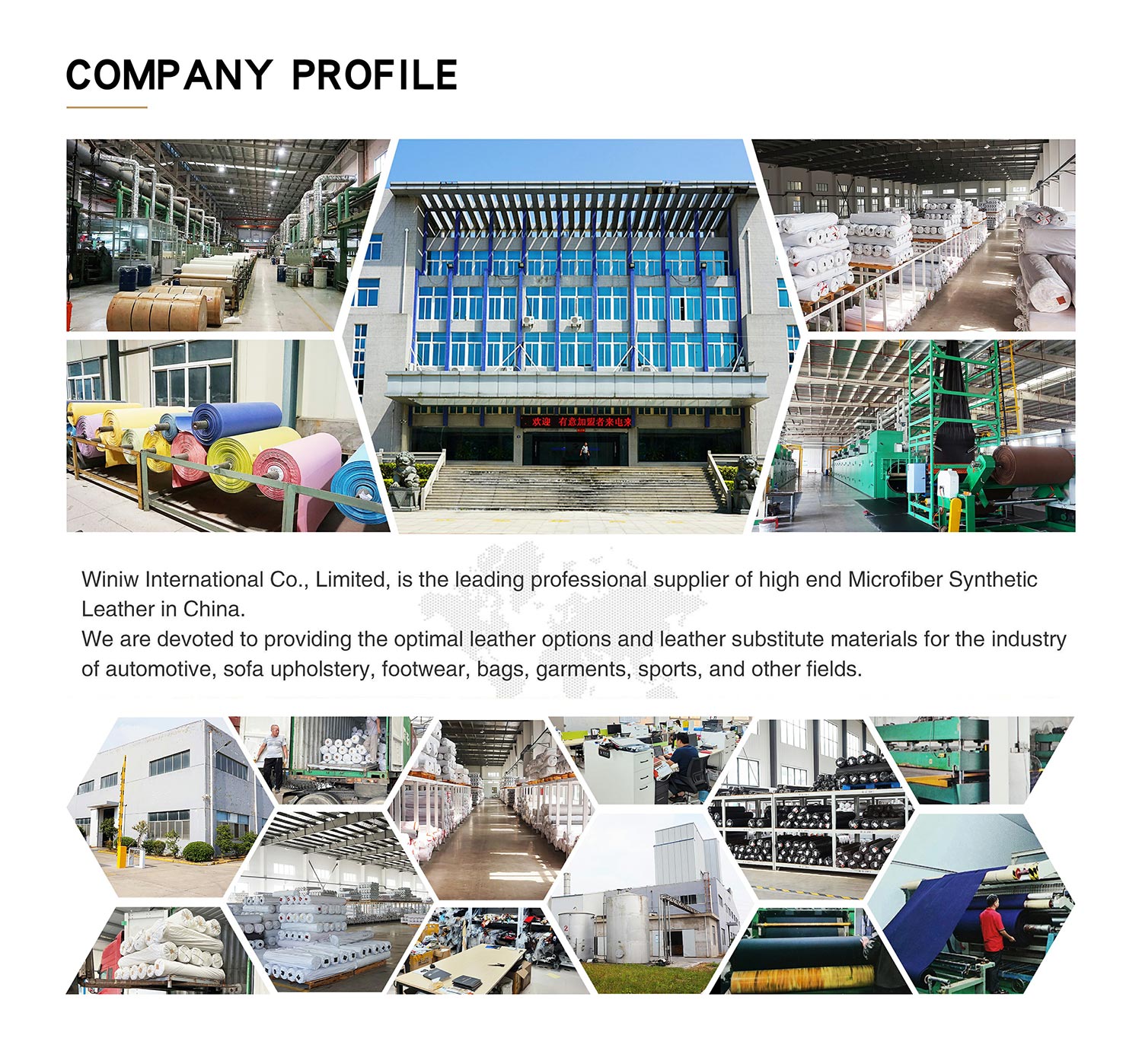
FAQ
What is the main difference between microsuede and faux suede?
Microsuede uses tightly woven polyester fibers to create a soft, durable fabric. Faux suede also uses synthetic fibers but focuses on mimicking the look and feel of real suede. Both resist stains and offer easy cleaning.
Can real suede be cleaned at home?
Real suede requires special care. Owners should use a suede brush and dedicated cleaner. Water can damage the nap. Professional cleaning is recommended for tough stains.
Is faux suede suitable for pet owners?
Faux suede resists stains and repels pet hair. Many pet owners choose faux suede for furniture and accessories. The fabric cleans easily and maintains its appearance in busy homes.
Does microsuede feel as soft as real suede?
Microsuede feels soft and smooth, similar to real suede. The texture remains consistent across the fabric. Real suede offers a unique nap and natural variations, which some people prefer for luxury items.
Which material lasts the longest?
Microsuede and faux suede both offer strong durability. Microsuede resists wear and stains, making it ideal for daily use. Real suede can last for years with proper care but remains more vulnerable to damage.
Is faux suede environmentally friendly?
Some faux suede brands use recycled materials, reducing their carbon footprint. However, most faux suede remains synthetic and takes longer to break down in landfills. Real suede is biodegradable but involves animal products.
Can microsuede or faux suede be used for DIY projects?
Both microsuede and faux suede work well for DIY projects. Crafters appreciate their easy handling, wide color selection, and resistance to fraying. These materials suit pillows, bags, and wall art.
Tip: Always check the care instructions before starting a DIY project with suede-like fabrics.


